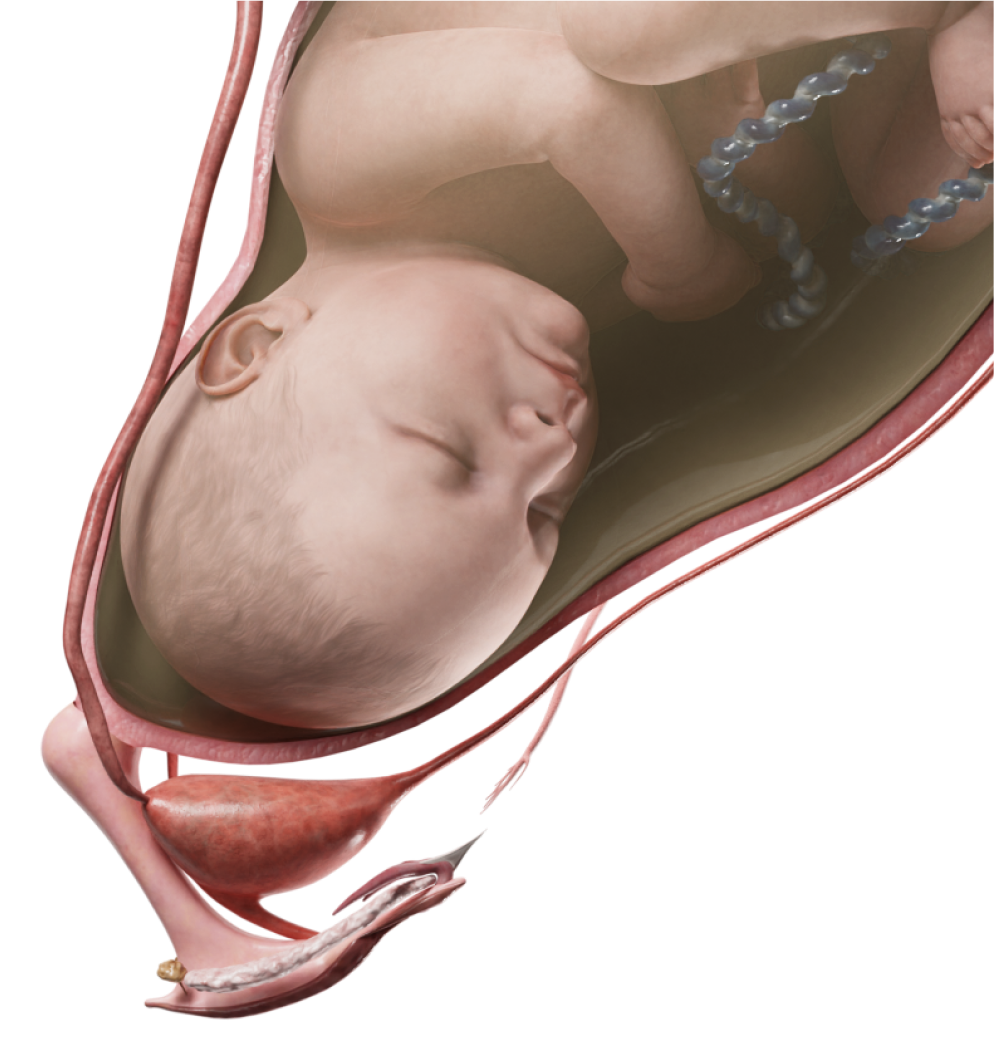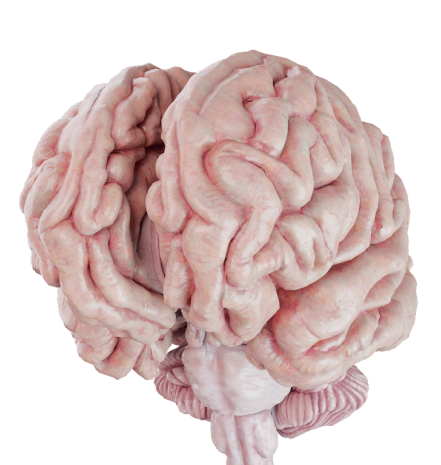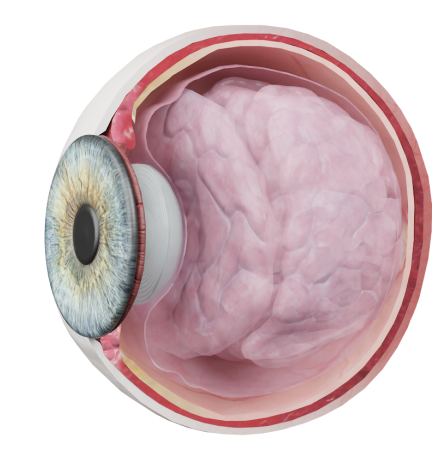Cardiomyopathy
Cardiomyopathies are a heterogeneous group of diseases of the heart muscle (myocardium). The main types of cardiomyopathies include hypertrophic, dilated, and restrictive cardiomyopathy.
Hypertrophic Cardiomyopathy
Hypertrophic cardiomyopathy (HCM) is characterized by marked myocardial hypertrophy.
Etiology
HCM can have multiple etiologies, including some systemic diseases. However, most often, HCM is an inherited heart disease.
Anatomic Pathology
Myocardial hypertrophy generally affects the left ventricle (LV), usually its outflow tract, and the apex of the heart. However, since the hypertrophy is usually diffuse, it may potentially damage other parts of the myocardium. In addition, hypertrophy of the papillary muscles, as well as shortening and thickening of the chordae tendinae, can often be observed. Significant thickening of the myocardium leads to a decrease in its compliance. This, in turn, results in diastolic dysfunction and decreased cardiac output.
Patients with HCM frequently develop concomitant coronary insufficiency. This happens because a thickened myocardium makes coronary blood flow more challenging and insufficient. In this case, the coronary artery wall may also thicken.
Histopathological findings in HCM include disordered myocyte architecture (myocardial disarray), hypertrophy of cardiomyocytes, and myocardial fibrosis.
Pathophysiology
Myocardial hypertrophy most often affects the left ventricular outflow tract (LVOT). The narrowing that occurs in this area impedes the blood outflow from the LV. In addition, impaired ventricular compliance leads to a decrease in end-diastolic volume and an increase in end-diastolic pressure. All these pathological changes result in elevated pulmonary pressure, which exacerbates even more due to LVOT obstruction. Moreover, coronary dysfunction can lead to ischemic myocardial damage.
Clinical Manifestations
Symptoms of HCM include dyspnea, exercise intolerance, episodes of syncope, and dizziness. On auscultation, wet crackles caused by lung congestion may be revealed. A heart murmur is heard best at the left sternal border.
HCM is nearly always accompanied by tachyarrhythmia. Additionally, heart block or other cardiac arrhythmias can occasionally develop.
Diagnosis
- ECG: signs of LV hypertrophy, tachycardia.
- Chest X-ray: signs of pulmonary congestion.
- Echocardiography: helps to determine the severity of hemodynamic abnormalities and the degree of LVOT obstruction.
- Angiocardiography: helps to exclude arterial diseases and is used for differential diagnosis.
- MRI: helps to assess the structure of the myocardium and determine its thickness.
Treatment
Therapy for HCM is directed at symptom management and includes reduction of heart rate and LVOT obstructive gradient as well as diastolic function improvement.
There are several types of surgical treatment for cardiomyopathy. A surgery known as myectomy makes it possible to remove a portion of excessively thickened myocardium. The method also includes septal myectomy using 3D-printed models. In addition, there is a minimally invasive catheter-based procedure called septal ablation, which is used to reduce the thickness of the interventricular septum.
Dilated Cardiomyopathy
Dilated cardiomyopathy (DCM) is characterized by dilatation (enlargement) of the ventricles, leading to systolic dysfunction and subsequent heart failure.
Etiology
DCM can have multiple etiologies, including viral infections, endocrine disorders, and other diseases. There are also genetic factors contributing to the development of this condition. However, it can often be quite difficult to determine the initial cause of the DCM.
Anatomic Pathology
DCM is characterized by a significant dilation of the heart chambers, which leads to atrioventricular valve regurgitation.
Degenerative changes in cardiomyocytes, including necrosis, fibrosis, infiltration, fiber degeneration, etc., are typical. Thromboembolic events are also common in this disease.
Pathophysiology
DCM results in a significant increase in ventricular volume and ventricular dynamic remodeling. Consequently, decreased systolic function and volume overload develop, which decrease cardiac output. All of the pathological changes mentioned above result in congestion in both the pulmonary and systemic circulations. Moreover, heart chamber dilation leads to atrioventricular valve regurgitation and various types of arrhythmias. In the end, heart failure develops.
Clinical Manifestations
The clinical manifestations of DCM depend on the ventricle affected. If it is the LV, the most common symptoms are exercise intolerance, fatigue, dyspnea, etc. If it is the right ventricle (RV), then the main symptom is peripheral edema. DCM is often accompanied by tachycardia, atrial and ventricular fibrillation, or other types of arrhythmias. Some patients may also experience chest pain.
Diagnosis
- ECG: cardiac arrhythmias, tachycardia, ST depression.
- Chest X-ray: cardiomegaly, pleural or pericardial effusion, pulmonary congestion.
- Echocardiography: ventricular and atrial dilation, hypokinesia, depressed ejection fraction; helps to visualize blood clots in the heart chambers.
- Angiocardiography: not used routinely; sometimes used to exclude coronary artery disease.
- MRI: used for a detailed assessment of myocardial structure and function.
- Biopsy: used for differential diagnosis.
Treatment
Treatment for DCM includes therapy for heart failure as well as thrombolysis or blood clot prevention. However, such patients eventually need a heart transplant.
Restrictive Cardiomyopathy
Restrictive cardiomyopathy (RCM) is characterized by stiffness of the ventricular walls and ventricular diastolic dysfunction.
Etiology
The development of RCM can be caused by various systemic diseases, including amyloidosis, sarcoidosis, systemic sclerosis, hemochromatosis, and others. However, the initial cause of RCM usually remains unknown.
Classification
RCM classification:
- Diffuse type: the entire myocardium is involved in the pathological process.
- Nondiffuse type: only a part of the ventricular myocardium or only one of the ventricles is involved.
There are also RCM types with isolated fibrous changes or predominant infiltrative lesions.
Anatomic Pathology
Pathological changes in the myocardium include thickening of the endocardial layer, fibrosis, and infiltration of various etiologies. These changes may also be observed in the papillary muscles, atrioventricular valves (mitral and tricuspid), and the conducting system. If the valves or conducting system are involved, it may lead to regurgitation or arrhythmias, respectively.
Pathophysiology
Restrictive disorders lead to ventricular diastolic dysfunction. This results in congestion in both the pulmonary and systemic circulations, leading to heart failure and pulmonary hypertension. Thromboembolic events are also common in this disease.
Clinical Manifestations
Symptoms of heart failure such as dyspnea, exercise intolerance, edema, and wet crackles belong to the most common clinical manifestations of RCM. Other common symptoms are arrhythmias and signs of atrioventricular valve dysfunction. In cases of valve dysfunction, a physical examination may reveal diminished heart sounds as well as murmurs.
Diagnosis
- ECG: changes are nonspecific; signs of ventricular hypertrophy, altered ST segment and T wave, arrhythmia, and heart block.
- Echocardiography: signs of impaired heart contraction and relaxation and atrial enlargement.
- Angiocardiography: elevated atrial pressure and diastolic pressure in the affected ventricle/ventricles.
- MRI: myocardial structure changes may be revealed in RCM with predominant infiltrative lesions.
- Biopsy: fibrosis, infiltration, myocardial thickening.
Treatment
Treatment for DCM is etiology-based and aimed at eliminating the underlying cause. However, if the etiology cannot be determined, complications such as heart failure, pulmonary hypertension, and arrhythmias are treated symptomatically.










